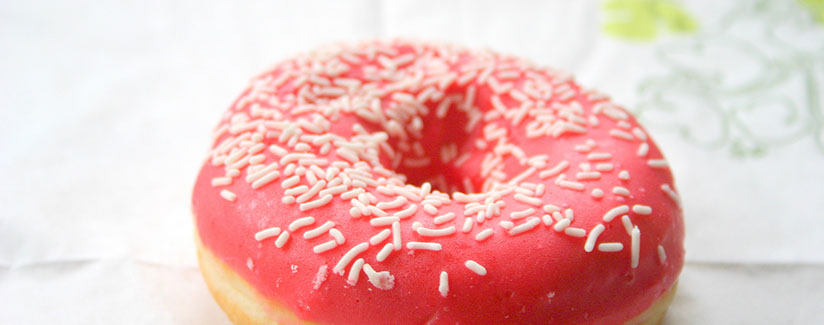
What You Should Know about Titanium Dioxide
Is titanium dioxide harmful? What foods is it used in? Are there alternatives? These are all questions being asked about an ingredient in food products most of us consume on a regular basis.
Some food companies have taken the initiative to remove titanium dioxide from some of their products. An amendment has been made by policymakers to ban titanium dioxide in France.
Is this ingredient that sounds like it is part metal, part chemical safe? We reached out to Paul Westerhoff, PhD, PE, BCEE, Vice Dean for Research and Innovation, Ira A. Fulton Schools of Engineering at Arizona State University for some answers.
“I don’t think TiO2 [titanium dioxide] poses a human health risk,” he said.
What is titanium dioxide and why is it used in food production?
Dr. Westerhoff: “Titanium dioxide is a common additive in many food, personal care, and other consumer products. It is sometimes used as a whitener and sometimes as an anti-caking agent (to prevent the product from clumping). Titanium dioxide also gives some products texture –It can also be used to create abrasion, as is found in some toothpastes.”
What products contain titanium dioxide?
Dr. Westerhoff: “Titanium dioxide is most commonly found in candies, sweets and chewing gums. it’s used in some chocolate to give it a smooth texture and is used in doughnuts to provide color and texture. Among personal care items, it’s most commonly found in toothpaste and some sunscreen lotions.”
Is titanium dioxide safe for human consumption?
Dr. Westerhoff: “Although there is not a lot of information available on the risks associated with consumption of titanium dioxide, it is Generally Recognized as Safe (GRAS) by the U.S. Food and Drug Administration. Research conducted by Arizona State University analyzed numerous readily-available products for the presence of titanium dioxide, including powdered doughnuts, chewing gum, whipped frosting, vanilla pudding and chocolate bars. Our research found the presence of titanium dioxide in the products tested, and also found that up to 5 percent of the titanium dioxide in some products was in the form of nanoparticles. Toxicity studies on nanoparticles in titanium dioxide have mainly focused on risks associated with inhalation and not consumption.
“Children are exposed to more titanium dioxide than adults due to diet. Their diets consist of more candies, sweets and gum, but this tends to change as children get older.”
Are there alternatives to titanium dioxide that food companies could use?
Dr. Westerhoff: “Other ingredients that could possibly be used in place of titanium dioxide include calcium phosphate and silica dioxide.”
In addition to Dr. Westerhoff’s expert insight, we found this article in The Conversation that addressed questions about titanium dioxide. Some key takeaways:
- Titanium dioxide (not metal titanium) is an inactive, insoluble material that makes things look whiter – it’s in many products, including food, paper, paint and plastics.
- The biggest concerns about titanium dioxide seem to be specific to nanoparticles, but one expert explained that “assuming one type [of nanoparticle] …is potentially harmful because of what another type does is the equivalent of avoiding apples because you’re allergic to oysters.”
- Some studies demonstrate the potential for harm, but lack information on how much material and under what conditions significant harm could occur. Other studies show no effects.
Additional Resources:
Weir, A., Westerhoff, P., Fabricius, L., Hristovski, K., von Goetz, N. “Titanium Dioxide Nanoparticles in Food and Personal Care Products,” Environmental Science and Technology (2012)
Singh, G., Stephan, C., Westerhoff, P., Carlander, D., Duncan, T. “Measurement Methods to Detect, Characterize, and Quantify Engineered Nanomaterials in Foods,”Comprehensive Reviews in Food Science and Food Safety (2014)
Originally posted April 2, 2015.
Image: “IMG_8362_a.JPG” by dieraecheri


























